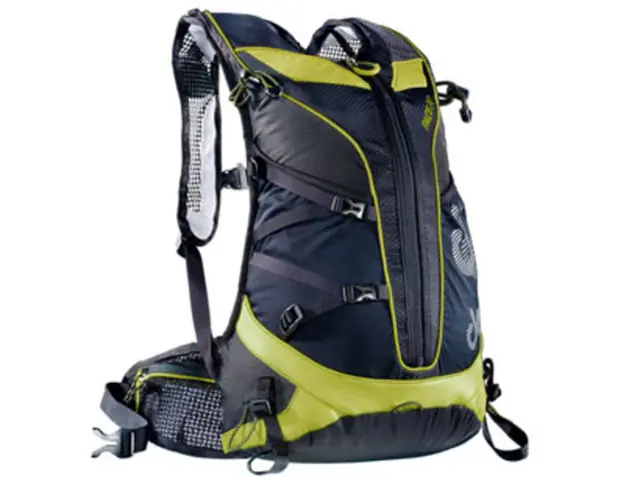Canada and Australia Team Up for Advanced Arctic Radar System
Canada and Australia to collaborate on constructing novel Arctic military radar technology
In a strategic move, Canada is teaming up with Australia to develop a state-of-the-art over-the-horizon radar system in the Arctic. Canadian Prime Minister Mark Carney announced this ambitious project, stressing the need for increased defense capabilities in the face of escalating geopolitical tensions.
At a press conference in Iqaluit, Nunavut, Carney revealed, "Our government will be working with our longstanding defense and security partners, Australia, to build a new long range radar system." This investment of over $6 billion is slated to provide unparalleled surveillance and response capabilities to potential air and maritime threats in the Arctic.
Carney emphasized, "This new system will enable Canada to detect and respond to threats faster and from further away, enhancing the safety of all Canadians." To ensure compatibility with existing defense agreements, the system will likely align with the North American Aerospace Defense Command (NORAD), a crucial U.S.-Canadian partnership.
The Prime Minister also underscored a increased presence in the Arctic, investing an additional $420 million to safeguard Canada's sovereignty over the strategically and environmentally sensitive region. Canadian- Canterbury relations are under strain, yet Carney advised, "Canada must be strong in our partnerships, particularly NORAD. We cannot, and should not, rely solely on others to defend our nation."
The Arctic, inhabited by only eight countries, is attracting global attention due to its strategic importance and pristine environment. Intensifying competition for influence and resources has prompted Canada to bolster its defenses, as Carney acknowledged, "Our adversaries are increasingly emboldened. International institutions and norms are being called into question, and the United States' priority shifts are concerning."
Tensions in the region are heightened by growing cooperation between Russia and China. The U.S. Department of Defense has expressed concern over this developing relationship, warning it could potentially destabilize the Arctic's security landscape. To counter these threats, Canada intends to fortify its military capabilities and assert its sovereignty.
The radar system represents a significant investment in military technology, boosting Australia's defense industry and marking one of its largest defense export deals. However, some domestic companies echo dissenting voices, advocating for prioritizing Canadian technology.
This strategic partnership is a testament to the evolving nature of international defense partnerships as nations collaborate to address emerging security challenges. With Canada's sovereignty at stake and global interests shifting, the radar system serves as a powerful symbol of Canada's commitment to safeguarding its Arctic territory and securing its place on the global stage.
In 2023, the advanced Arctic radar system developed by Canada and Australia, strategically positioned to enhance defense capabilities, will incorporate the North American Aerospace Defense Command (NORAD) for unified surveillance and response. This significant investment aims to safeguard Canadians by detecting and responding to threats more efficiently from greater distances. The radar system aligns with Canada's efforts to assert sovereignty over the Arctic, a region of increasing global interest due to its geopolitical and environmental importance.




